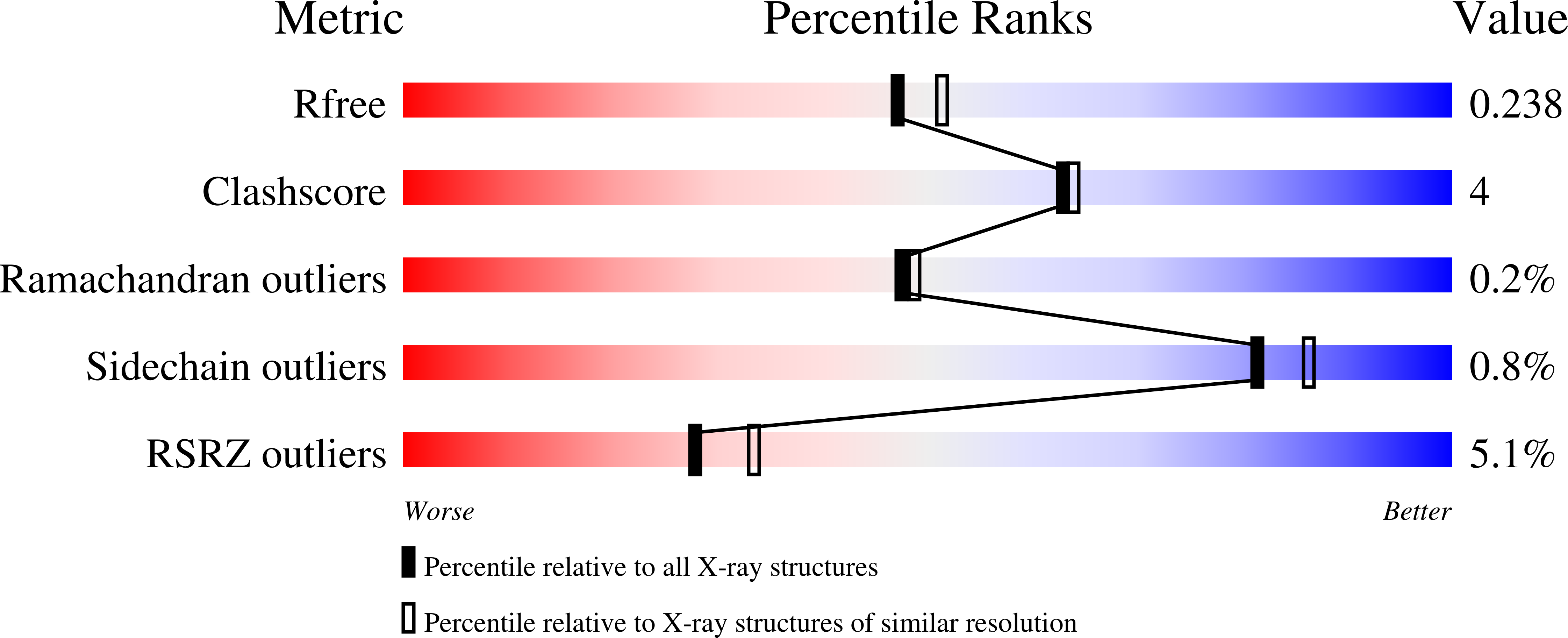
Deposition Date
2021-10-26
Release Date
2022-11-02
Last Version Date
2024-04-03
Entry Detail
PDB ID:
7SML
Keywords:
Title:
Crystal Structure of L-GALACTONO-1,4-LACTONE DEHYDROGENASE de Myrciaria dubia
Biological Source:
Source Organism:
Myrciaria dubia (Taxon ID: 468946)
Host Organism:
Method Details:
Experimental Method:
Resolution:
2.10 Å
R-Value Free:
0.24
R-Value Work:
0.20
R-Value Observed:
0.20
Space Group:
P 21 2 21


